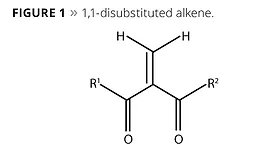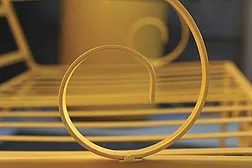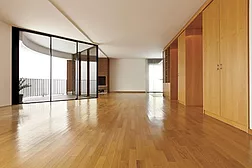Paint and Coating Resins & Polymers
for Rubber to Textile Adhesion
Read More
Rapid Room-Temperature-Curing Monomer Platform
Disubstituted Alkene Monomers – Ripe for Experimentation
Read More
Shake, Rattle and Hum
Acrylic Chemistry Adds Noise-Abatement Functionality to Thick-Film Coatings
Read More
Keep the info flowing with our eNewsletters!
Get the latest industry updates tailored your way.
JOIN TODAY!Copyright ©2025. All Rights Reserved BNP Media.
Design, CMS, Hosting & Web Development :: ePublishing










